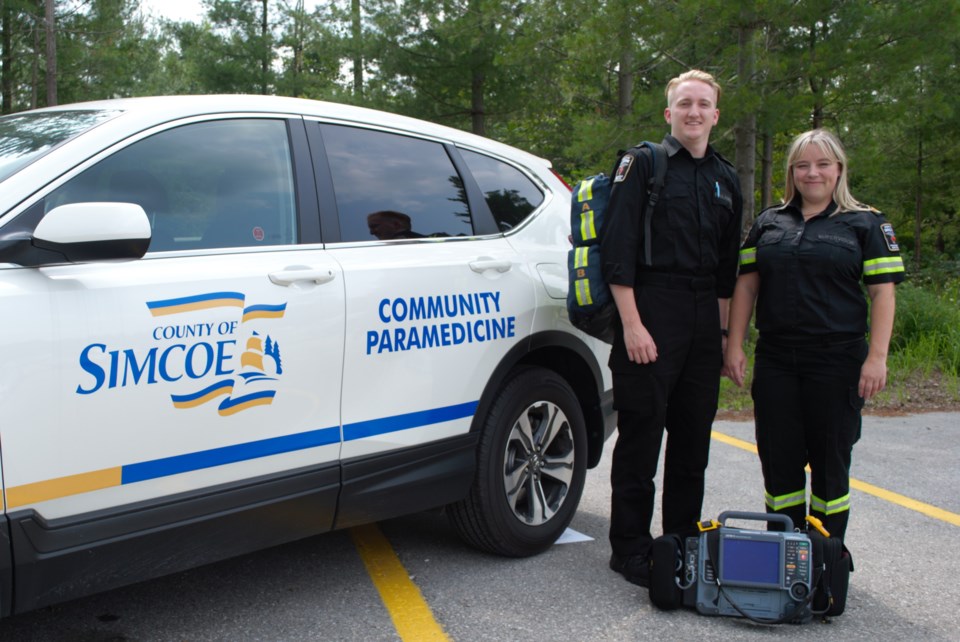Simcoe County paramedics have received $36,000 in funding to continue their Community Paramedicine program, and other local municipalities want in on the deal, too.
When the funding letter from the Central Local Health Integration Network (LHIN) was brought up this week at Simcoe County council, Barrie Mayor Jeff Lehman started by apologizing.
“I apologize, madam chair. I swore to myself I would never do this at county council... which is to ask, why not me?” Lehman said to laughter from other members.
“I am such a fan of this program. The Community Paramedicine, the home visits, have demonstrated such substantial outcomes in terms of diverting patients from hospitals. I believe it’s an excellent initiative from our paramedic service,” he said.
“What would it take to expand this program more quickly, and what can I do to get it into the City of Barrie?”
According to the meeting chair, the expansion of any program is directly associated with funding.
Lehman concluded by again extolling the virtues of the program.
“I’m an enormous fan of this... this is how government should work.”
Kristen Gilmarten, clinical program supervisor and Kyle MacCallum, Community Paramedicine co-ordinator both with Health and Emergency Services with Simcoe County, sat down this week for an interview with BarrieToday about the program and the strides it has made over the past three years.
The program started in 2015, and looked to address frequent 911 callers and chronic disease patients. It also aimed to start clinics to help patients receive accurate health-care services.
“The concept behind Community Paramedicine is to put programs and services in place to mitigate the 911 use,” said MacCallum.
“So, for example, you could look at someone who is elderly, frail and not thriving. It might be something as simple as, they don’t have access to proper food. Sometimes that can result in a 911 call based on their health deteriorating. In that case, (Community Paramedicine) would try to connect them instead with food services to try to meet that need, so the crisis point never happened in the first place," MacCallum said.
There are many arms of the program. For example, the referral program is in place across the county, however the clinic program was specific to two sites in Bradford and Orillia and took place over a one-year period.
“It was a trial through McMaster University where we were in a subsidized seniors building,” said MacCallum. “We had paramedics go in and deliver on-site service to patients who had cardiovascular risk, diabetes risk and fall risk.”
In terms of numbers, Gilmarten says the community referral program has decreased 911 usage by about 29% since 2015. It affected about 529 patients, helping to divert them to other support services.
“The role of a paramedic is changing,” says Gilmarten. “Simcoe County Paramedic Services is reassessing the community needs and trying to find the best use of our time and funds to be able to benefit the community given our skill set.”
Orillia Mayor Steve Clarke would also like to see the paramedicine program expanded further into Orillia.
“I think it’s safe to say we will be looking into the paramedicine (also),” said Clarke, when reached for an interview.
“Based on the positive results the county is showing... sometimes you can demonstrate a return on investment with a success story, and this certainly seems to be one of them.”



